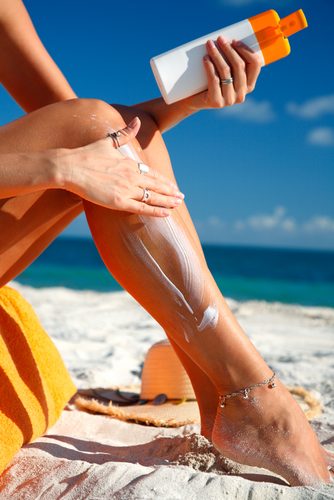
Everyone wants to look tan for the summer or even prom, but there are serious consequences that come with fake tanning. According to skincancer.org more than 3.5 million skin cancers in over two million people are diagnosed annually.
People think that a tan gives the look of a “healthy glow,” but it is really a sign of skin damage. In order to protect itself, the skin produces melanin which gives the color.
There are two types of rays that penetrate the skin. UV-B rays penetrate the top layers of skin and are most responsible for sunburns. UV-A rays penetrate to the deeper layers of the skin and are often associated with allergic reactions. Tanning salons use lamps that emit both types of rays.
“I don’t see why you need to use a tanning bed,” sophomore Emily Kasarda said. “If you really need to get a tan you can just use tanning lotion.”
Fake tanning increases the risk of developing skin cancer, according to the National Cancer Institute. Melanoma is the deadliest form of skin cancer and is linked to getting severe sunburns, especially at a young age. The risk of melanoma increases with the use of tanning beds.
Skin cancer is not the only concern with fake tanning. Other risks include premature aging. Tanning increases the chance of premature wrinkles. Immune suppression is when the body’s immune system and the skin’s natural defenses are affected, leaving you more vulnerable to illnesses. Eye damage is another risk that comes from fake tanning.
According to the “2011 Youth Risk Behavior Surveillance System,” 21 percent of high school girls go tanning.


